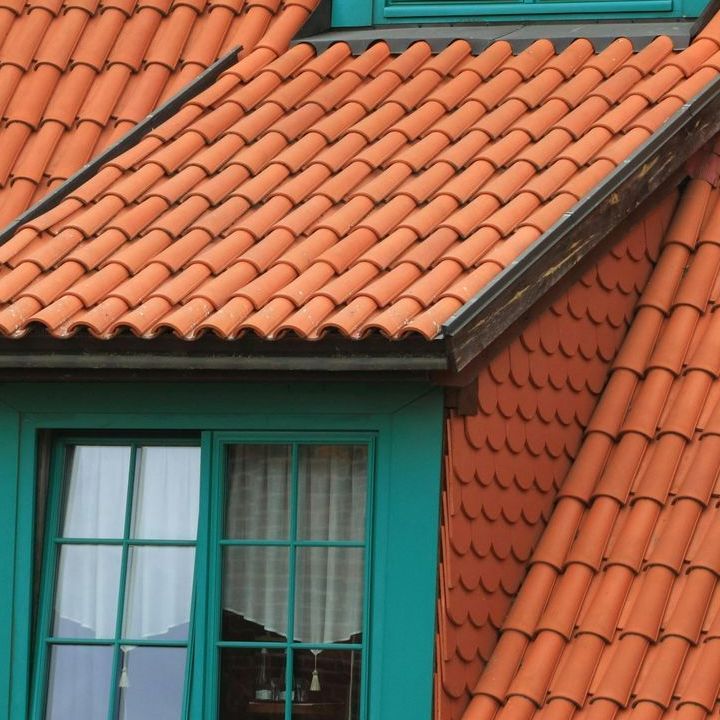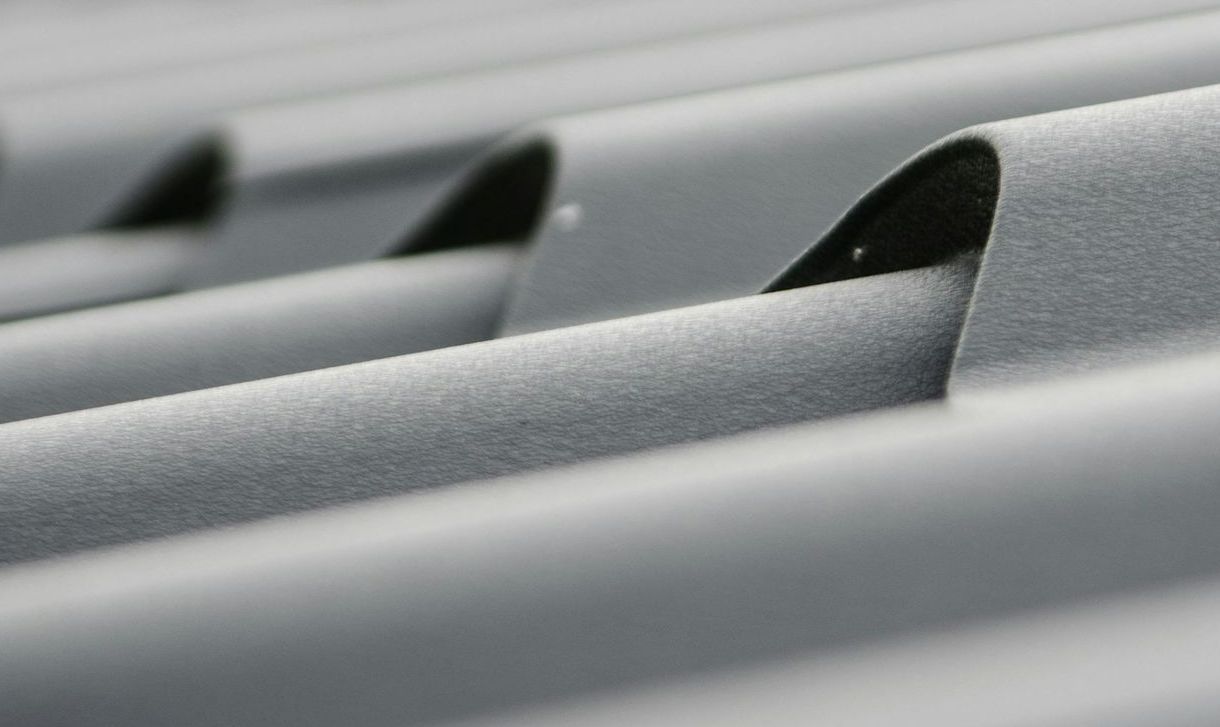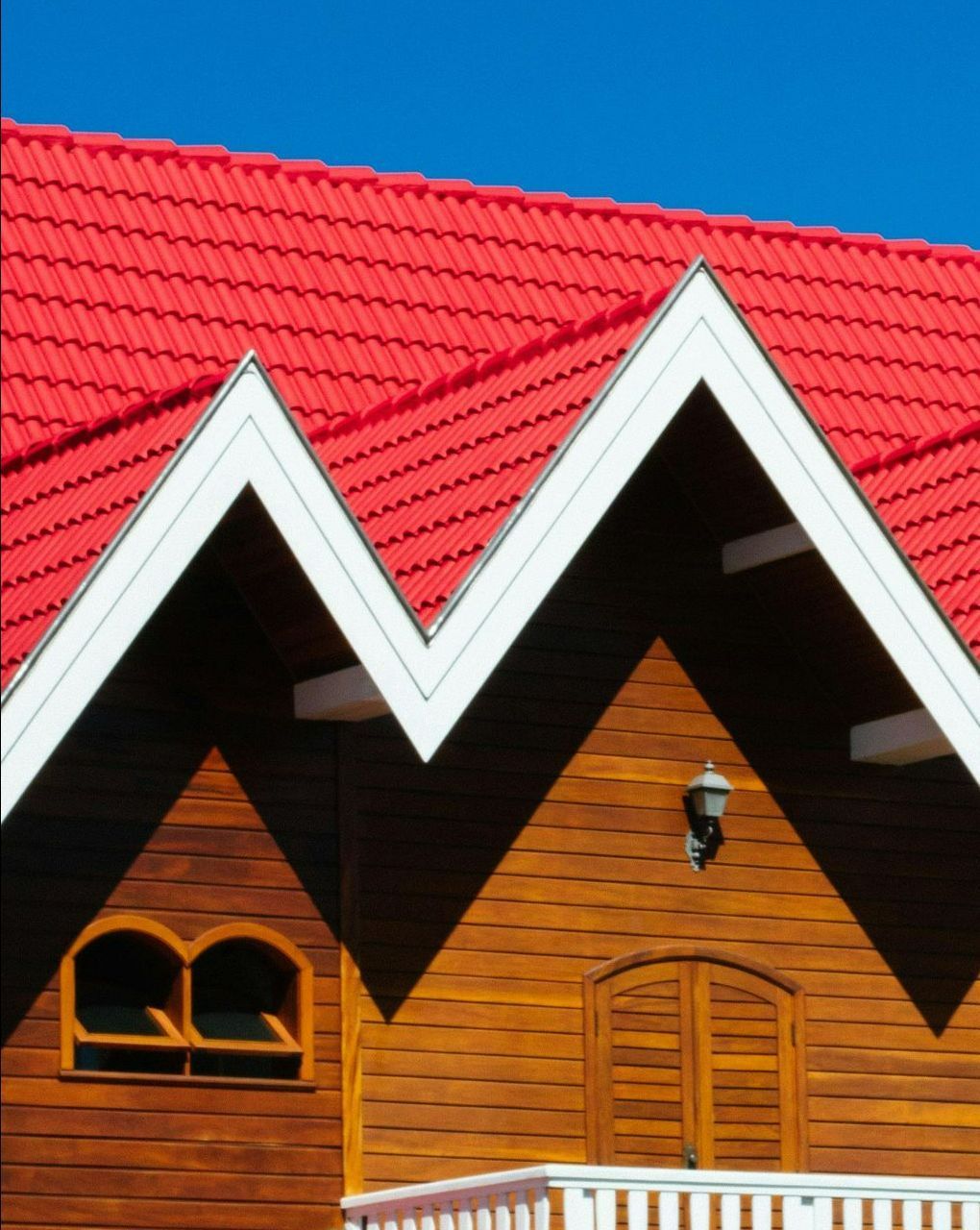Benefits of Having a Professional Roof Inspection to Assess Storm Damage

A professional roof inspection to assess storm damage can help determine whether you need a new roof. Winter storms can wreak havoc on your roof; an inspection is essential to decide whether or not you need one.
Winter storms can wreak havoc on your roof.
Heavy snowfall and ice storms during winter can cause significant damage to your roof. In some cases, these storms can cause a complete roof collapse. For these types of storms, it's essential to get an inspection of your roof before the storm arrives. This can save you money on emergency services.
You should also make sure your gutters are clear. If you don't, ice will build up and block them. This can cause water leaks into the house. It can also cause mould to grow. If you see any damage to your roof, contact your insurance company as soon as possible.
If you don't see any obvious signs of damage, it's recommended that you check your roof regularly. Finding and repairing damaged shingles, gutters, or other roofing materials is essential. It's also good to check under your eaves and take pictures of your home's exterior. If you see any apparent problems, call a professional roofer.
The roof of your home is vital to the safety of your family. It's essential to maintain it so that it will last for many years. While most roofs are built to withstand typical weather conditions, they can be vulnerable to winter storms.
If you need clarification on whether your roof is ready for the winter season, a roofing contractor can inspect it before the storm hits and recommend how to protect it best. A quality roof should last for about 20-30 years. During a heavy storm, shingles can be broken or loosened. You can check your shingles to ensure they are in good condition before the storm.
Checking your roof is also essential if you're experiencing a wet rainy season. This is especially true if you live in an area with strong wind and hail storms. If you have a roof with metal flashing, these storms can compromise it. Hailstorms can also damage the roof by splitting wood shingles.
When ice dams form on your roof, water can flow into your home, causing mould, insulation damage, and roof rot. The water usually forms in places with cracks or holes and can leak into the walls.
You can also make sure that the attic is well-insulated. If you're experiencing winter storms, remove dead trees or branches from the roof. These branches can cause damage when they fall. They can also be blown around your property and cause damage to your roof.
If you find any damage to your roof during a storm, you should immediately contact your insurance company. Most homeowner's insurance covers damage caused by winter storms. You should also note any exterior damage, such as leaking ceilings.
Have a professional inspect your roof after a storm.
Having a professional inspect your roof after a storm to assess storm damage can help you find problems with your roof that you may have yet to be aware of. The benefits of having a professional inspect your roof after a bad storm are well worth the cost. The report will also help you determine what needs to be done to get your roof back in tip-top shape.
The best part about having a professional inspect your roof after you have been through a storm is that you can be assured that you will get the proper repairs. A professional can also help you maximise your insurance claim, saving you money in the long run. A professional can also provide an accurate cost estimate for the repairs needed.
During a storm, you might be tempted to check your roof yourself. Unfortunately, an untrained eye may overlook the most obvious damage to your roof. When you look at your roof, you should look for things like loose shingles, missing gutters, and holes. If you notice any of these things, you should get them fixed as soon as possible.
Another thing to check out is your ceiling. If your ceiling has water stains, you may be able to tell that your roof has suffered damage. Water that sits on your roof for long periods can cause mould and lichens. When you see these things, you must contact your insurance company to get the necessary repairs.
Contact a professional roofing company if you need your roof inspected after a storm. This will ensure the work is done correctly and allow you to make an insurance claim if necessary.
The most obvious thing to check when inspecting your roof is its fascia. During a storm, a large tree can fall and damage the fascia, affecting the roof's integrity and insulation. It is also essential to check your gutters, which can affect the seal quality between the roof and the water.
When you inspect your roof after a storm, you should check for other oversized items like leaks, missing roof flashing, and damaged insulation. This will help you to determine what needs to be done to fix your roof and how to get it done. The most important thing to remember is to document any damage you see so you can file an insurance claim.
When you inspect your roof after a storm, you should also check your shingles. Shingles may blow off during storms, exposing the underlying layers and leading to water leaks and mould. If you have damaged shingles, it is a good idea to get them replaced as soon as possible.
Find out if you need a new roof.
Getting your roof checked out after a storm is essential. Not only will it save you money in the long run, but it will also help you determine whether or not you need a new roof. A qualified professional can provide a detailed analysis of the state of your roof. This assessment will likely take some time, depending on the size of your home.
Your roof is your first line of defence against Mother Nature. If a storm has damaged it, you'll likely need to replace it. The good news is that most homeowners insurance companies will cover the cost of a new roof. However, you may find that your premiums are on the rise. It's always better to take care of the small stuff first rather than waiting until your roof has suffered irreparable damage.
The best way to check for damage is to inspect your roof from the ground up. This will help you find the apparent damage, such as missing shingles and broken vents. However, you'll also want to check for less obvious damage. For example, you may not immediately notice if a tree falls on your roof and leaves a hole. You'll also want to check your gutters for leaks and debris. These can damage your gutters and cause water to sit around your foundation for long periods, leading to severe problems.
The roof is an integral part of your home. You'll want to ensure it's in good shape to enjoy a comfortable, safe, and secure home. A professional inspection is the best way to determine whether your roof needs repair or replacement. An experienced roofer can also provide you with a detailed estimate of the cost of repairs.
While checking your roof, you should ensure you aren't tripping over any hazards. It would be best to watch for any signs of rust, which can lead to water leaks. You should also check around the edges of your roof to ensure they are sealed. If you see any of these signs, you should contact a professional to help you get the roof of your dreams.
The biggest mistake homeowners make when checking their roofs is to focus on the obvious, i.e. broken shingles and holes in the roof. While these signs are essential, they don't necessarily indicate a more serious issue. You may also want to look for signs of water damage, such as stains on your walls and ceiling. You'll want to ensure you fix these problems as quickly as possible, as waiting for a storm to pass will only worsen the situation.
A professional roof inspection after a storm is the best way to ensure your home will be safe and sound for years. Having a qualified professional inspect your roof will make it easier to find minor issues, preventing them from becoming more significant and more expensive problems in the future.
Contact us today at 03 6144 4033 to repair your roofing.
You might also like


